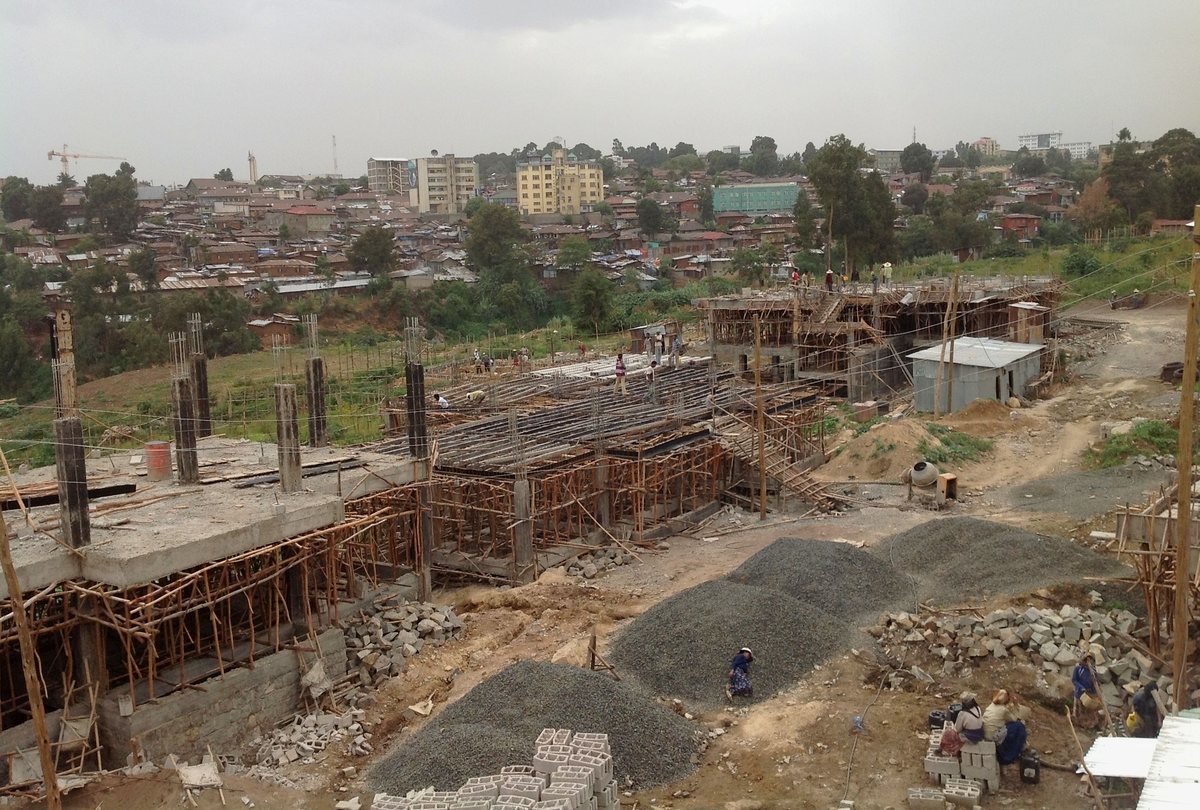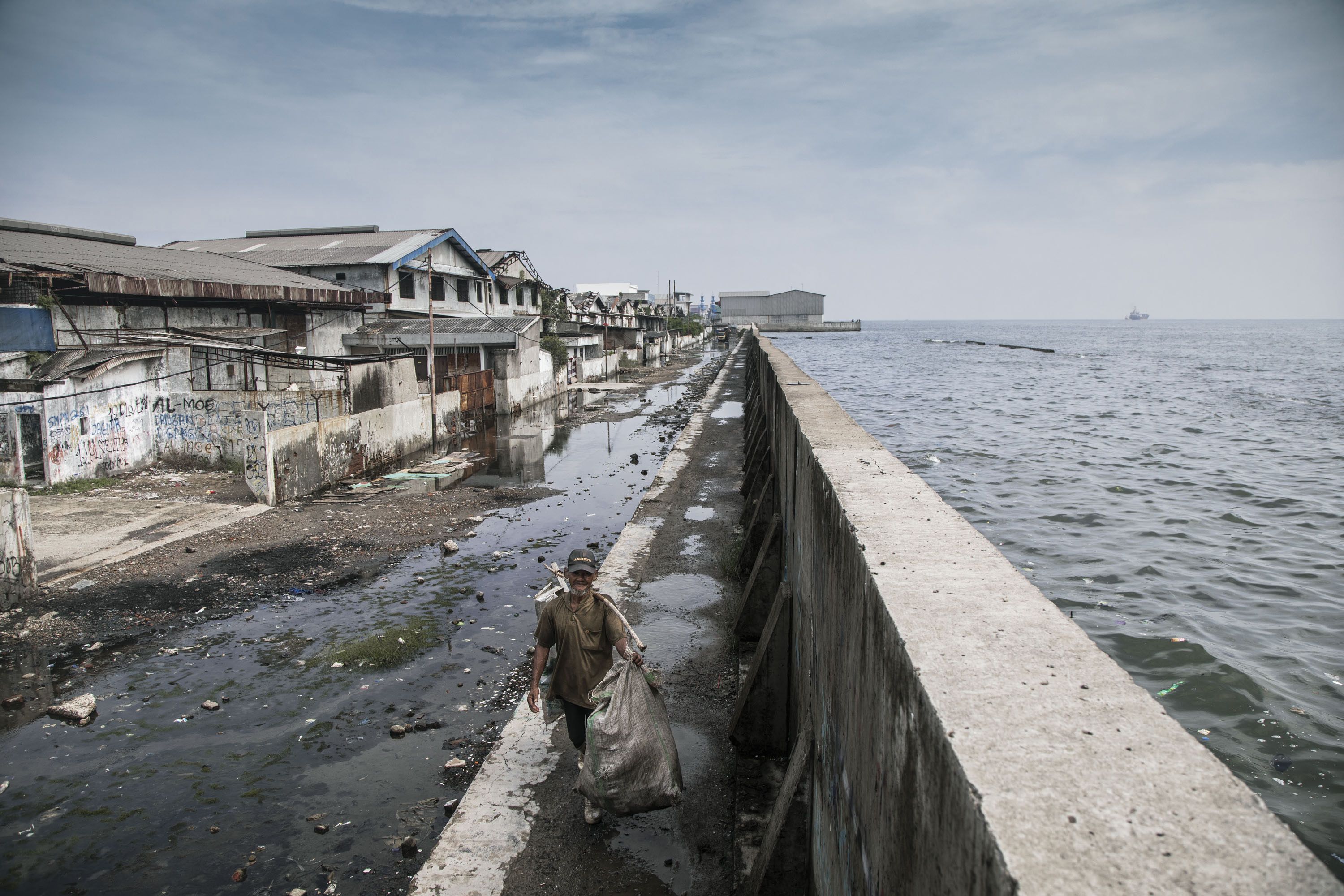This piece was originally published by NYU Marron Institute.
By Patrick Lamson-Hall, Research Scholar, NYU Marron Institute of Urban Management. Lead urban advisor Cities and Migration Urban Expansion initiative at Cities Alliance.
COP26 concluded late Saturday night with a new international agreement to address climate change, the Glasgow Climate Pact. I attended as a member of the official New York University delegation, with a weeklong pass to the blue zone, the high-security area where governments and NGOs make deals and negotiate the accords.
Attending COP as an urban planner, I was more than a little shocked to see how cities are positioned in the discourse on climate change. Almost every city-focused event was about reducing emissions, mainly through new building and transportation technologies. Little was said about urban planning (where the buildings and vehicles will actually go). Even less was said about adaptation, the critical issue for cities in developing countries, which face the brunt of climate risk.
Cities in developing countries are likely to double in population over the next 30 years, with a significant part of that growth driven by climate migration.
If countries fulfil their pledges under the Glasgow Pact, it will at best limit warming to between 1.9 and 2.4 degrees Celsius by 2100. This is a significant achievement, but it still commits us to a world of rising seas, stronger storms, drier droughts, and frequent floods—all major challenges for growing cities.
Fortunately, a new “loss and damage facility,” aimed at compensating developing countries for the impact of carbon already released by developed countries, finally gained serious attention. More funds for adaptation were also announced. These new funds and facilities, though still falling well short of the estimated $500 billion annually that will be needed for adaptation by 2030, offer a lifeline for developing countries, which are suffering the worst consequences of a problem that they didn’t cause.
Where should these funds be spent? Almost all of the spending that results from these new commitments would best be used in cities and urban areas. Cities contain 55 per cent of the global population and are responsible for 80 per cent of GDP and 75 per cent of carbon emissions.
Spending in cities can address not only mitigation and adaptation but also rapid urbanization.
Out of five scenarios for future growth prepared as part of the UN reports on climate change, the three that are most likely given current trends predict an acceleration in urbanization rates. Two out of five new urban dwellers will be rural-to-urban migrants, and the World Bank estimates that by 2050 there could be as many as 216 million climate migrants, as climate change disrupts natural cycles and displaces people from rural areas.
How can cities prepare for these migrants? A good first step is to invest in urban spatial expansion. Most new migrants are poor and will settle on the urban periphery in informal settlements or squatter camps, building their homes out of whatever materials are available. Buildings can be improved over time, but the underlying layout of these areas is much harder to change, making it costly to provide infrastructure and difficult or impossible to move around the city.
The threat is a real one—cities facing rapid migration can double in area in as little as three years. Master plans are revised every ten years. Unprepared cities simply won’t be able to plan fast enough to avoid locking in segregated development patterns and car-centric development. The benefits of acting now are also considerable.
Studies of slum-upgrading projects show that preparing urban layouts before growth occurs can make it up to 80 per cent cheaper to provide infrastructure and services.
The NYU urban expansion planning strategy is the key to managing urban climate migration. This approach, deployed in Ethiopia and Colombia, sketches out an urban layout for the next 30 years of growth. The Cities Alliance Global Programme on Cities and Migration is currently testing the approach as a migration-management strategy, and the results are encouraging.
After COP26, it’s increasingly obvious that long-term planning is not just good urban practice, but also critical for urban adaptation.

International efforts—for mitigation as well as adaptation—should also look beyond megacities. If climate migration resembles the current wave of rural-to-urban migration, most migrants will stay within their own countries, with many going no further than the nearest city, typically a secondary city or regional capital. Whether or not they continue their journey will depend on the kinds of preparations that cities were able to make for their arrival.
But right now, proposed investments in adaptation and mitigation neglect smaller cities. Funding organizations assess projects on spending per person protected, and investments in mitigation are assessed on spending per unit of carbon dioxide equivalent that is removed or eliminated. This logical but rigid approach pushes investment in adaptation toward big cities and dense regions.
Funding organizations like the Green Climate Fund and the World Bank can begin to redress this blunder by first fully centring cities in the conversation on adaptation and mitigation, putting pressure on governments to do the same. It’s particularly critical that they acknowledge the vital role that secondary cities will play in the coming decades. This should be backed with dedicated funding commitments: A special facility for managing climate change in secondary cities should be created, with a focus on preparing cities for new migrants through urban-expansion planning and other comparable techniques.
The deals coming out of COP26 in Glasgow for the first time offer real hope of addressing the needs of developing countries. As the world looks to Sharm el-Sheikh and COP27, national governments, funding organizations, and NGOs should recognize that the road to successful adaptation must run through cities.
Disclaimer: The opinions expressed herein are solely those of the author and do not necessarily reflect the official views of Cities Alliance, its members, or those of UNOPS.

Patrick Lamson-Hall






